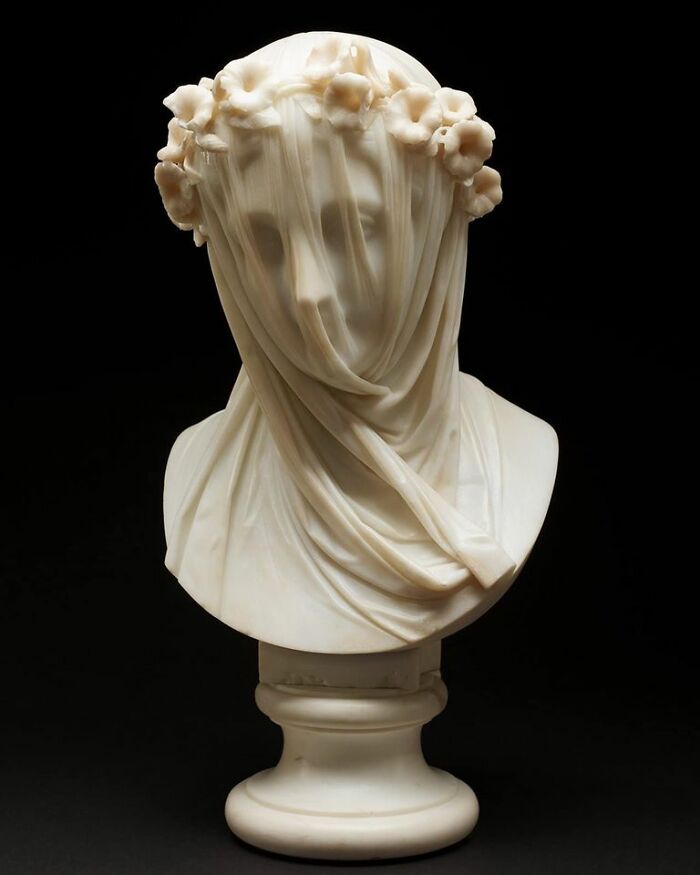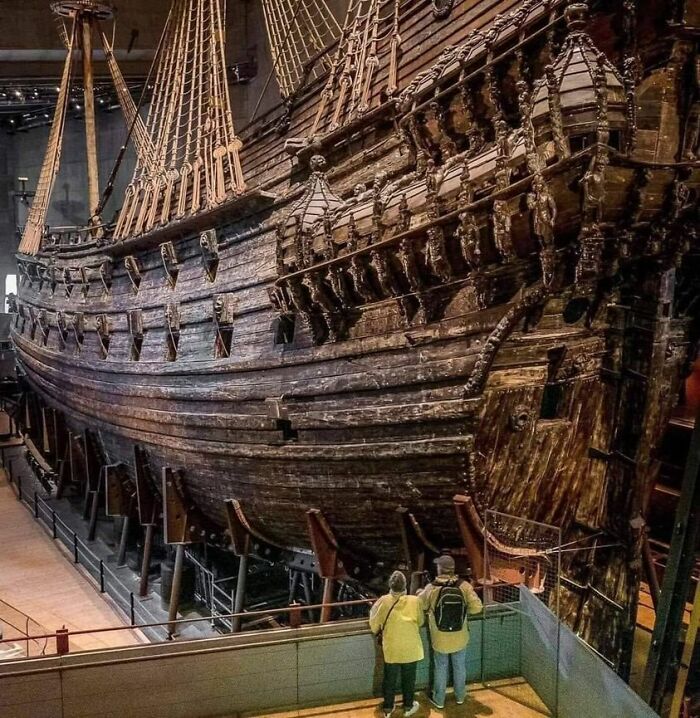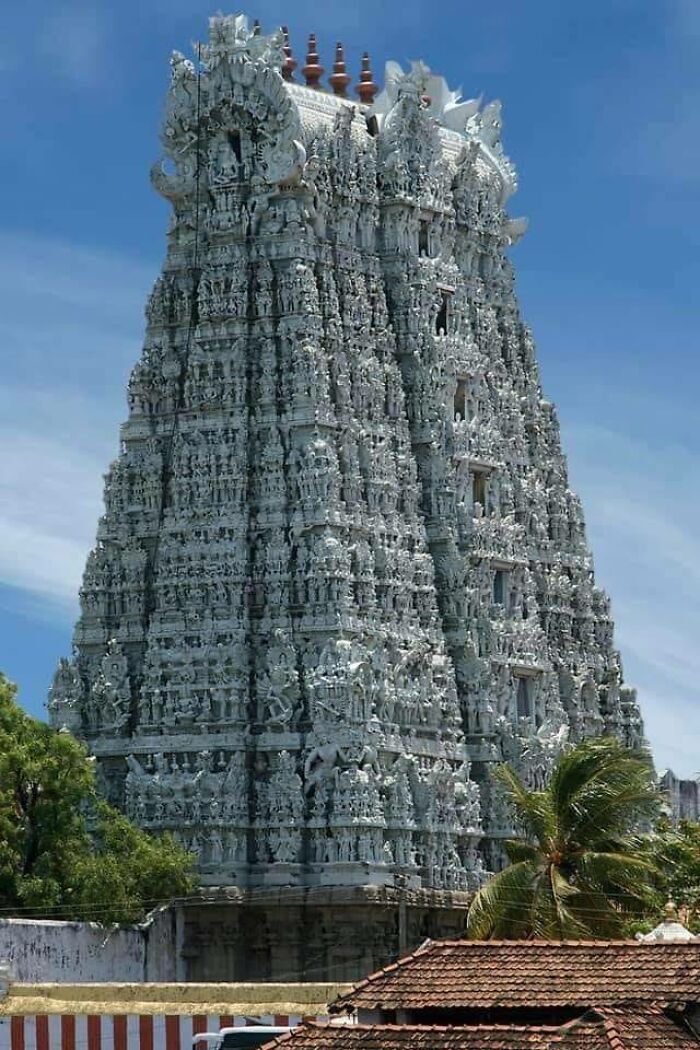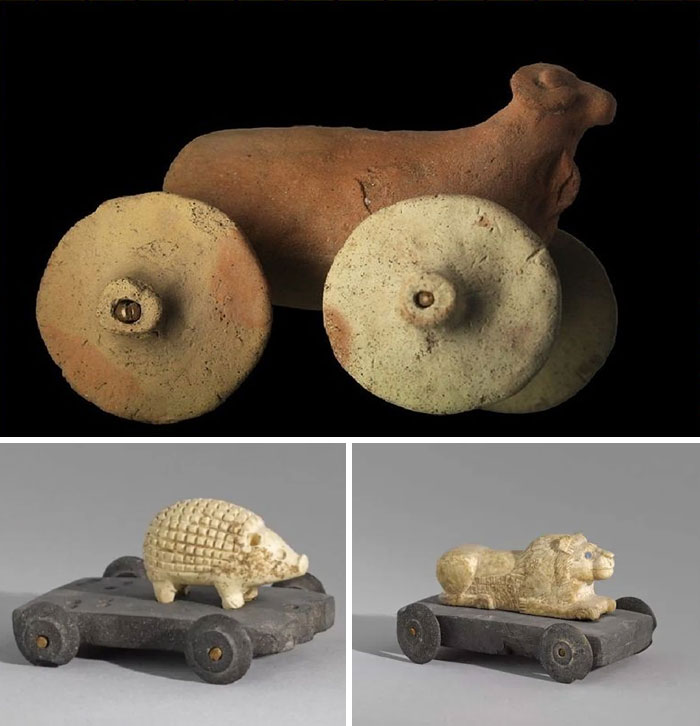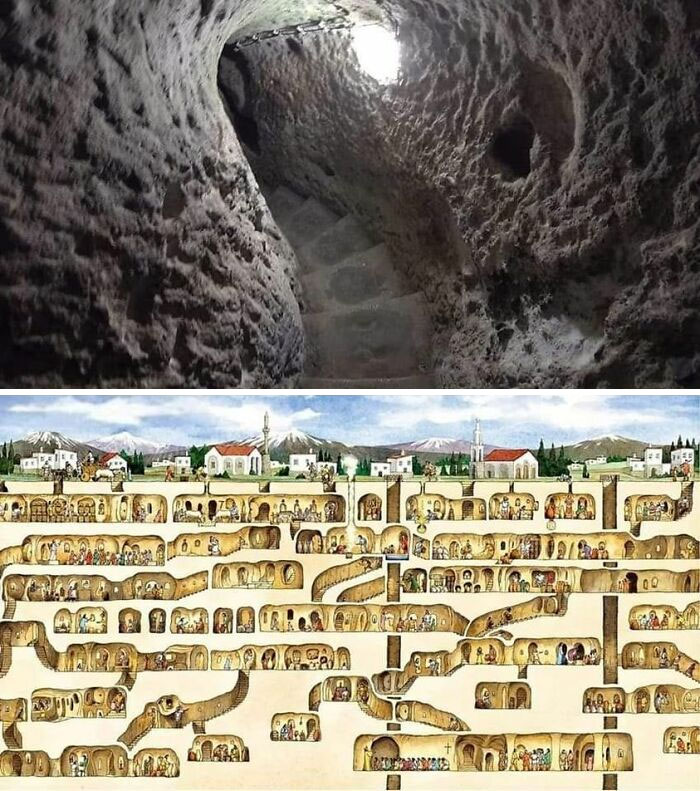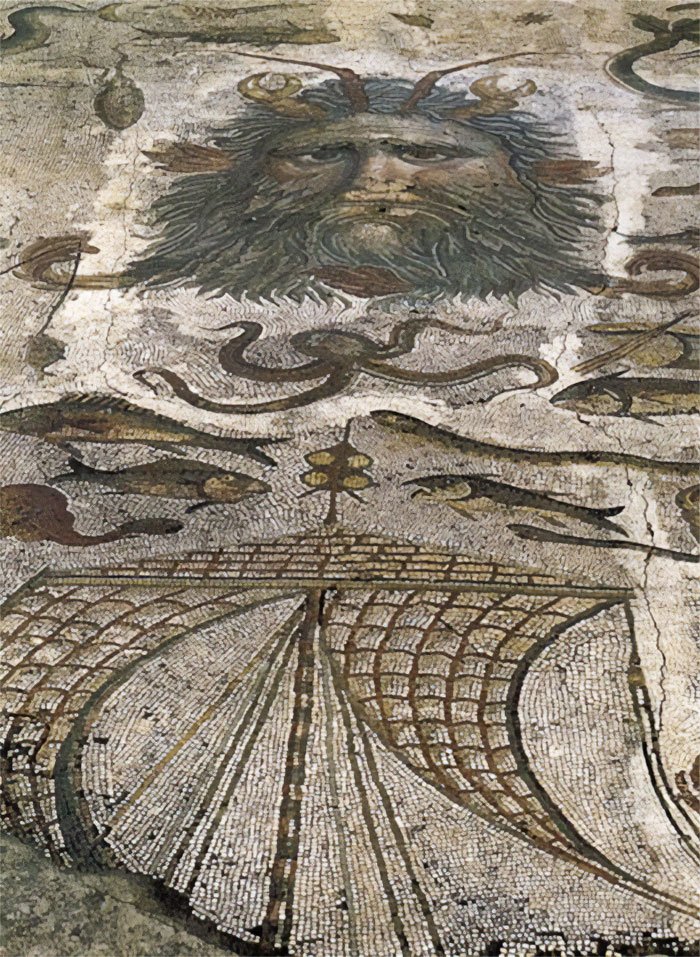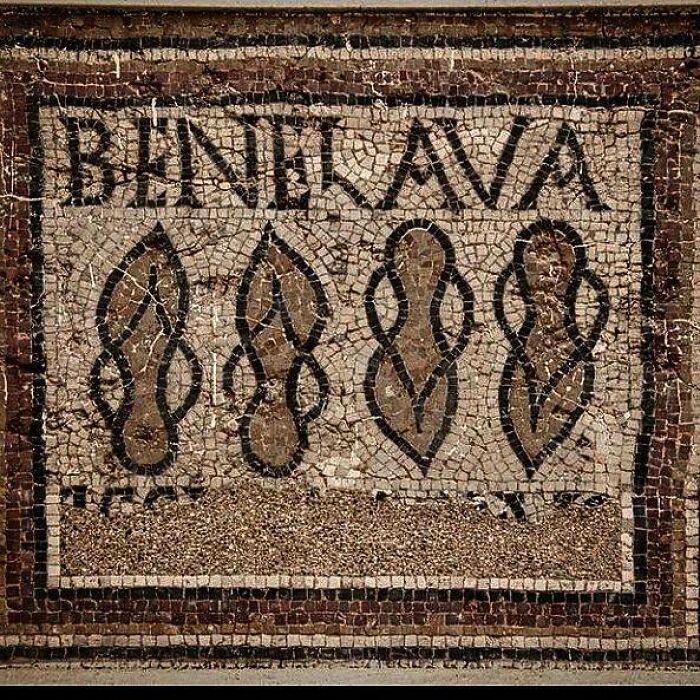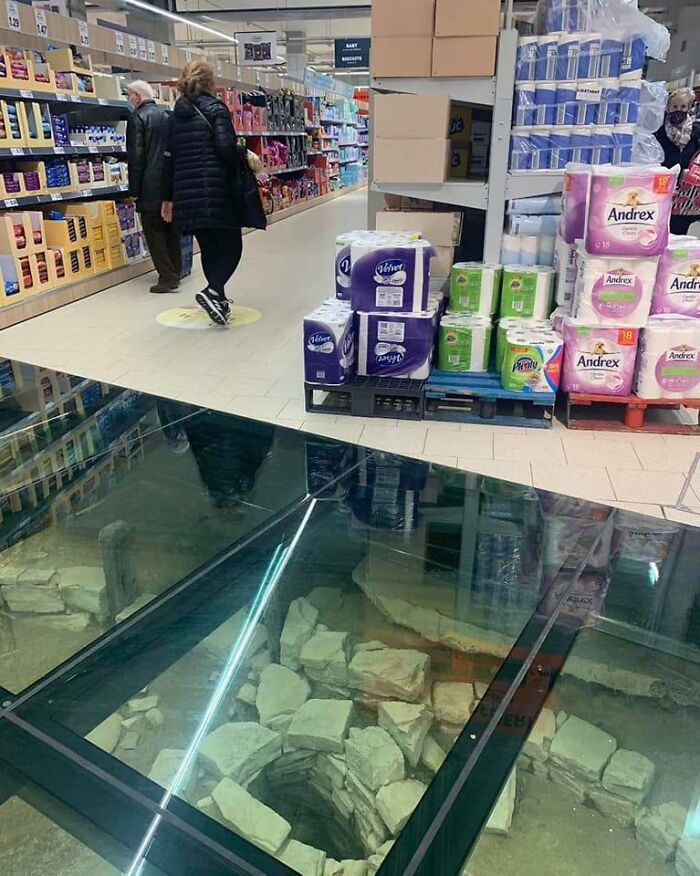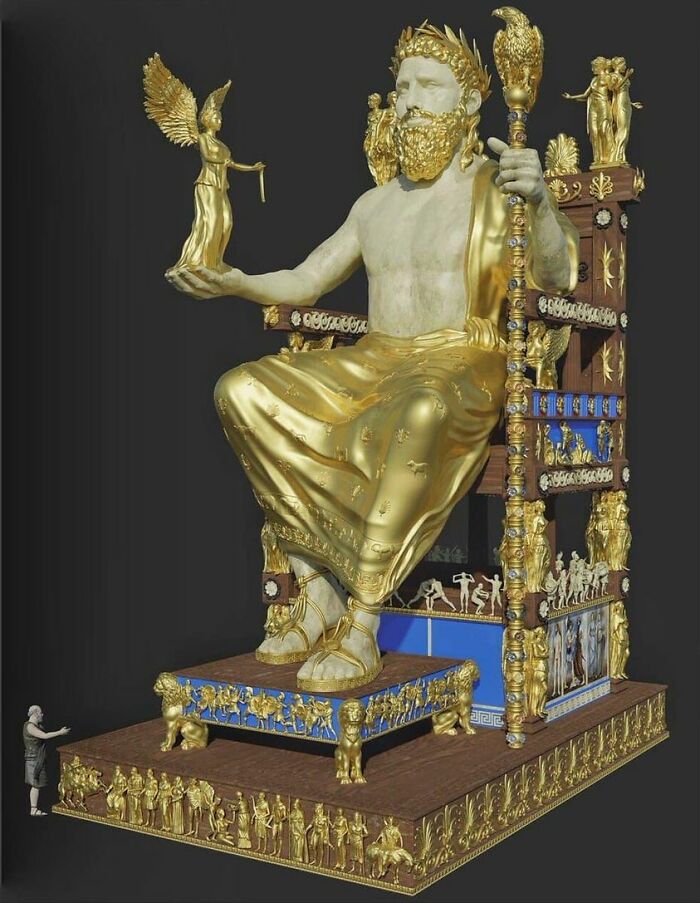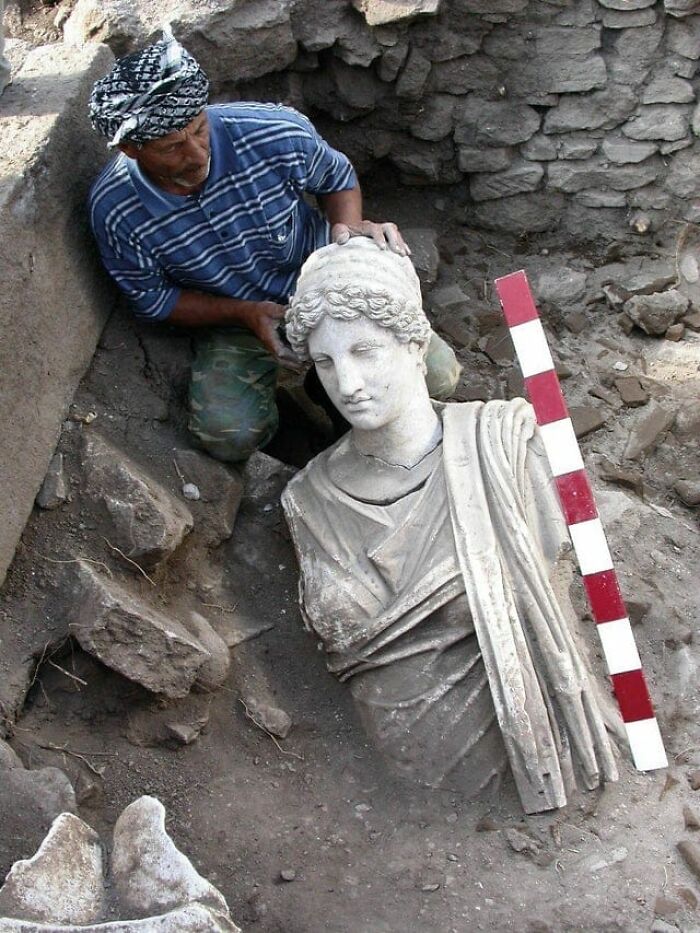
40 Fascinating Things From The Past That Survived For Future Generations To See, As Shared On This Facebook Group
Going back in time is sadly not possible; however, that doesn’t stop researchers from uncovering the secrets of the past. Each day they discover something new that shows what life was like hundreds of years ago. Unsurprisingly, there are large communities of scientists that carry out complex research to put the puzzle pieces together.
Similarly, there are groups of enthusiasts who might not be frequent visitors to the archeological sites themselves but enjoy exploring the world of antiquity, nevertheless. The Facebook group ‘Archaeology & Ancient History’ is a great example. It has nearly 80k members and stores an impressive collection of images covering everything from ancient architecture to unique archeological finds, and more. We’ve gathered some of them into the list below, which might spark your interest in the ancient world.
This post may include affiliate links.
"Veiled Lady" (Bust) By Raffaelo Monti, 1860. Marble
This masterpiece is a wonderful example of sculptor Raffaelo Monti's skill. We can’t see through stone, but through tricks of light and polish, Monti created the illusion that we can. On his Veiled Lady, the top of the head and shoulders are polished smooth, to reflect light. But where the veil falls across the face, the marble is less polished. It reflects less light, suggesting the texture of fabric. Sculptures of veiled figures peaked in popularity during the 1700s in Italy, an opportunity for sculptors to show their technical mastery over marble. About a century later, Monti and other artists revived this technically demanding tradition.
This 'Colossus' Sculpture Was Created By Italian Sculptor Giambologna In The Late 1500s As A Symbol Of Italy's Apennine Mountains
A Few Years Ago, The World’s Largest Intact Ancient Mosaic Opened To The Public In Antakya, Turkey
The sixth-century stone mosaic, spanning some 1,200 square meters and made up of geometric shapes and non-repeating figures, was probably used as a public space in its time, archaeologists believe.
The stone is distinctive due to its curved, rug-like surface, and the artifact grew curved as a result of earthquakes in 526 and 528 AD.
Despite the quakes, however, the mosaic never broke, and made it to the present day intact and unbroken.
Unearthing the piece took nine years of hard work, and other historical artifacts were brought out during the excavation.
The massive mosaic proved that the mosaics of Antakya - ancient Antioch, in the Hatay province - are the finest historical artifacts not only in Turkey, but in the entire world
A Mysterious Unknown Artist Is Believed To Have Created A Rock Formation In The Lake District Known As The Borrowdale Banksy
The carefully placed structure, believed to be made from local slate, is circular in formation and provides a perfect frame with a view overlooking the Borrowdale Valley in Cumbria, England.
1,200 Stone Sculptures With Different Facial Expressions At The Nenbutsu-Ju Buddhist Temple In Kyoto, Japan
This Gecko Has Been Trapped In Amber For 54 Million Years
There Is A Road In Rome, The Appian Way, Which Was Built In 312 Bc By Appius Claudius Caecus And It Is Still In Use Today
The Swedish Warship Vasa
It sank in 1628 CE, less than a mile into its maiden voyage and was recovered from the sea floor after 333 years almost completely intact. Now housed at Vasa Museum in Stockholm, is the world's best preserved 17th Century CE ship.
Mosaic Remains From Archaeological Site Of Volubilis, In Outskirts Of Meknes, Morocco
This Petrified Opal Tree Trunk Located In Arizona Is 225 Million Years Old
300 Years Old Carved Tibetan Skull
Believe It Or Not. There Are 100,000+ Carvings On The Gopura Of This Temple
Don’t be confused friends....
This wasn’t built by the Aliens.
But were carved by human hands through the hard work & believe towards God, our Ancestors made this impossible possible and it shows, how great & efficient they were.
Suchindram Anjaneyar Temple, Kanyakumari, Tamil Nadu
Radiocarbon Dating Of The Tarkhan Dress, Named For The Town In Egypt Where It Was Found In 1913, Determined That The Very Finely Made Linen Apparel Dates To Between 3482 And 3103 B.c., Making It The World’s Oldest Woven Garment
Looks like what the kids wear these days. Ahead of their time, those Egyptians...
The Impressive Colomares Castle, Spain
The 'Little Chapel', Which Is Located On Guernsey, Was Constructed Over Decades By Monks From France
It is adorned with hundreds and thousands of pieces of broken pottery and iridescent shells
The bijou place of worship, tucked away in Les Vauxbelets valley, 'feels magical and otherworldly'
In opposite to the explanation and from the explanation I've gathered (ARTE TV channel) it was one monk who build/created it (having Italian churches in his mind). Additionally he had to "tear" it almost down and had to do severe reconstruction work as one of the clerical priests, who decided to eventually visit, did not really fit through the door. But read for yourself on Wikipedia: https://en.m.wikipedia.org/wiki/Little_Chapel (Edit: spelling. Again. I'm sorry folks.)
In 1965, Excavations In Mezhyrich, Ukraine, Revealed The Presence Of 4 Huts, Made Up Of A Total Of 149 Mammoth Bones
These dwellings, which are about 15,000 years old, are some of the oldest shelters known to have been constructed by pre-historic man.
Over 3000 Years Old Animal Figurines Mounted On Little Carriages Are Described As Prehistoric Children Toys On Display At The Louvre Museum In Paris
The relics were unearthed in Susa, southwestern Iran, dating from Elamite Period, C.1150 BC
This Enormous Underground City That Once Housed 20,000 People Was Accidentally Discovered By A Man After Knocking Down A Wall In His Basement
When archaeologists later arrived to the site, they revealed that the city was 18 stories deep and had everything needed for underground life, including schools, chapels, and even stables.
Image credit: Nevit Dilmen/Yasir999
'siberian Unicorn’ Once Roamed Among Humans, Surviving In Eastern Europe And Western Asia Until At Least 39,000 Years Ago, Around The Same Time Of Neanderthals And Early Modern Humans
A Magnificent Roman Striped Mosaic Bowl, Dating Late 1st C. Bc/Early 1st C Ad. Made Of Preformed Rods And Canes Fused On Or In Mould
Photo: Corning Museum of Glass
The Oldest, Most Complete Bible On Earth
The Ethiopian bible, which was written on goat skin, was the world's first illustrated Christian Bible and was written around the early 5th Century CE
I am going to go out on a limb here and suggest that Ethiopia in the 5th Century CE did NOT see a lot of white dudes who looked like hippy hitchhikers from Oregon...
The Crypt Of San Magno, Anagni, Italy
Also known as the City of Popes (four popes hailed from town), Anagni is crowned by its beautiful romanesque cathedral dating back to turn of 11th and 12th centuries
Photo by: @carthe [ig]
Cemetery In Taiwan
In 1842, Joseph Geefs Carved The Angel Of Evil (Left Statue) To Be Placed In The Pulpit Of Liège Cathedral, But The Statue Was Removed Because Of Its Distracting Allure And "Unhealthy Beauty"
The cathedral then passed the commission to his older brother who made the statue on the right
The Phuktal Monastery Is Built Around A Natural Cave, Which Is Believed To Have Been Visited By Numerous Sages, Scholars, Translators, And Monks Around 2,550 Years Ago
Had to google this one as wanted to know where it is. Phuktal Monastery or Phuktal Gompa is a Buddhist monastery located in the remote Lungnak Valley in south-eastern Zanskar, in the Himalayan region of Ladakh, in Northern India. It is one of the only Buddhist monasteries in Ladakh that can still be reached only by foot
Akkadian Cuneiform Tablet (1750 Bce)
Here we see one of the earliest surviving recipes ever written in the ancient Akkadian language. The artifact is dated to be from around c. 1750 BCE., and is a well intact cuneiform tablet that shows us 25 recipes for stews, whereas 21 are meat stews and 4 are of vegetable stews, but it does not give the measurements or cooking time. The tablet's text was translated by Jean Bottéro and Teresa Lavender Fagan and is now located at Yale University.
You can actually watch someone cook this. The YouTube channel Tasting History with Max Miller has an episode where he cooks one of these stews.
Pompeii Ruins From Above
Chepstow Castle Sits Atop A Cliff Across The River Wye Which Separates England And Wales
Roman Silver 'Swiss Army Knife', 200 To 300 Ad, The Fitzwilliam Museum, Cambridge. The Piece Contains A Knife, Spoon And Fork Plus A Spike, Spatula And Small Pick
New Discovery: A Well-Preserved Section Of The Via Flaminia Was Discovered During Construction Works
The road connected Rome with central and northern Italy and was built in the second half of the 3rd century BC.
More Than 3,000 Years Ago, This Outstanding Gold Beaker, Decorated With Winged Bulls And Foliage, Was Crafted By Highly-Skilled Artisans In Iran (National Museum Of Iran, Tehran)
A Mosaic Discovered In Ancient Hadrianoupolis, Eskipazar District, Karabük Province, Turkey
Commonly Known As Dracula's Castle, Bran Castle Is Probably The Most Famous Medieval Castle In Romania
I hate to disappoint people but this was not Dracula's castle. Dracula (Vlad Tepes) was only imprisoned here for a very short period of time. I visited it in late autumn and there was a cold, foggy day - and it was kind of spooky :)) However, legends and popular beliefs about vampires are still widespread in Romania. Elder locals will tell you about vampires (called "strigoi" or "moroi"), how to spot them, how to protect from them, or how villages were relocated several decades ago because of the damage that vampires did.
Inside La Sagrada Familia, Barcelona
These Are The Remains Of A Prehistoric House From The Bronze Age Settlement Of Akrotiri In Santorini
The Bronze Age settlement of Akrotiri was one of the most important Minoan urban centres and ports in the Aegean Sea when it was covered by volcanic ash in the 17th century BC.
In prehistory it was a well connected Minoan port town, with connections to mainland Greece and as far afield as Egypt and Syria.
As the town was covered in ash following a volcanic eruption on the island, preservation of the settlement is exceptional, making this one of the most significant archaeological sites in Greece
Mehrangarh Fort
Mehrangarh located in Jodhpur Rajasthan is one of the largest forts in India. Built in around 1459 by Rao Jodha the fort is situated 410 feet above the city and is enclosed by imposing thick walls. Inside its boundaries there are several palaces known for their intricate carvings and expansive courtyards.
Also known as (The Cursed Fort) This is one of the largest Fort in the world and probably the strongest. Its located near Jodhpur and is situated 410 feet above the city. This fort has been part of several battles but enemies could never conquer this mighty fort.
Location : Jodhpur, Rajasthan
The Roman Pantheon
Then vs. Now : Maiden Castle; Largest Hill Fortress In England
Built in 600 BC, and greatly expanded in 450 BC, fortress sits atop a large hill 914m long. In Iron Age, hundreds of people lived there
Really it was just a lot of digging and throwing the earth on huge piles. But a lot of work nevertheless
Old City Of Efes, İzmir, Turkey
I saw it 2 years ago and it is beautiful and amasing how people had heated floor, bathhouses and shared toilets xD
Wreck Of The Ten Sail Is A Historic Shipwreck Event That Occurred Off The East End Of Grand Cayman On 8 February 1794
I wish there was a little more clarification if some of these things are real or not
Remember the African in Gladiator, astonished at his first look of Rome? He said something like "I didn't know men could build things like these." That's how many of these pictures make me feel. Even if I was aware of a lot of them, still, looking at their magnificence fills me w/wonder at the artistry, engineering & skill.
Very beautiful monuments and artifacts. But they do not bear comparison with Disneyland where very talented people made magnificent castles and other buildings - even apparent crumbling walls that are in fact perfectly sound! Dumbfounded!
I wish there was a little more clarification if some of these things are real or not
Remember the African in Gladiator, astonished at his first look of Rome? He said something like "I didn't know men could build things like these." That's how many of these pictures make me feel. Even if I was aware of a lot of them, still, looking at their magnificence fills me w/wonder at the artistry, engineering & skill.
Very beautiful monuments and artifacts. But they do not bear comparison with Disneyland where very talented people made magnificent castles and other buildings - even apparent crumbling walls that are in fact perfectly sound! Dumbfounded!

 Dark Mode
Dark Mode 

 No fees, cancel anytime
No fees, cancel anytime 


